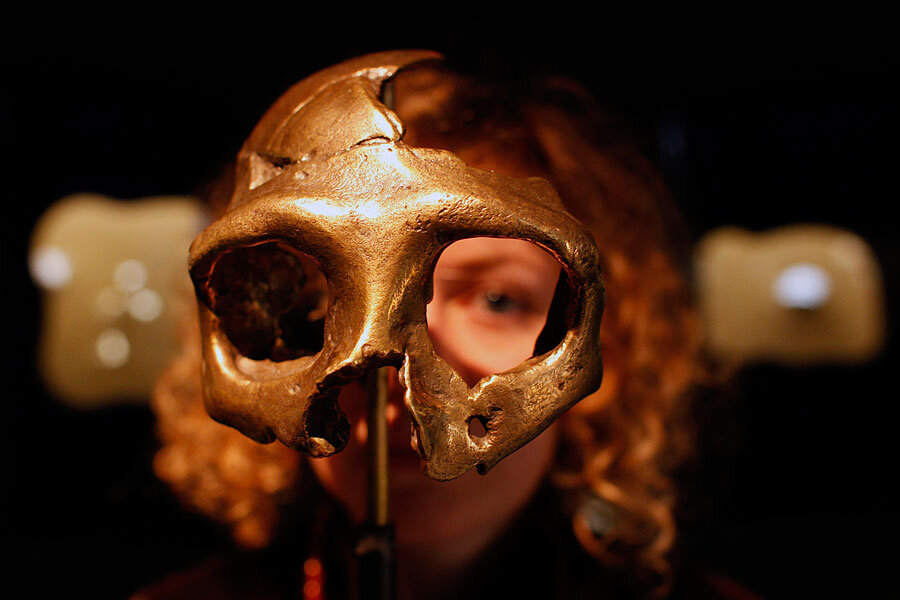What does a 45,000-year-old femur mean for the Neanderthal in you?
Loading...
A 45,000-year-old leg bone is raising questions about just how close modern-day humans are to our thick-browed Stone Age ancestors.
DNA from the femur of a Siberian man is helping to pinpoint when modern humans and Neanderthals first interbred, researchers say. But what does this mean for the human connection to a species that disappeared nearly 30,000 years ago?
The thigh bone, spotted six years ago on the banks of the Irtysh River in Siberia by a Russian artist who carves jewelry from ancient mammoth tusks, has revealed the oldest Homo sapiens genome sequence on record, according the journal Nature.
"It was quite fossilized, and the hope was that it might turn out (to be) old. We hit the jackpot," Bence Viola, a paleoanthropologist who co-led a study of the remains, told Nature.
Well-preserved DNA dated the man to between 43,000 and 47,000 years old, nearly twice the age of the next-oldest known complete modern-human genome.
Since the bone was found far from any archaeological site, the bone's DNA was vital to connecting him to other humans. And what researchers say is most intriguing here is that about 2 percent of his genome comes from Neanderthals. That's roughly the same amount in all non-African humans today.
The Siberian man's long Neanderthal DNA segments means that H. sapiens could have begun mating with Neanderthals between 50,000 to 60,000 years ago, according to LiveScience.
The precise relationship between the various prehistoric species and subspecies of humans remains unclear. But according to one dominant theory, when the ancestors of modern humans migrated from Africa to Eurasia some 60,000 years ago, they encountered the Neanderthals, descendants of a common ancestor who had left Africa probably some 300,000 to 400,000 years ago. The two species interbred, and Neanderthal DNA was introduced into the modern human gene pool. Today, everyone living outside of Africa has between 1 and 4 percent Neanderthal DNA – walking relics of an ancient rendezvous.
Why the Neanderthals died out around 30,000 years ago – about the same time modern humans arrived in Europe – has puzzled anthropologists for about as long.
While some scientists believe modern humans outcompeted or killed them, evidence that H. sapiens and Neanderthals canoodled in caves suggests the Neanderthal lineage was absorbed into the much larger human population.
And thanks to this thigh bone, researchers are much closer to pinpointing when that fateful encounter began.







